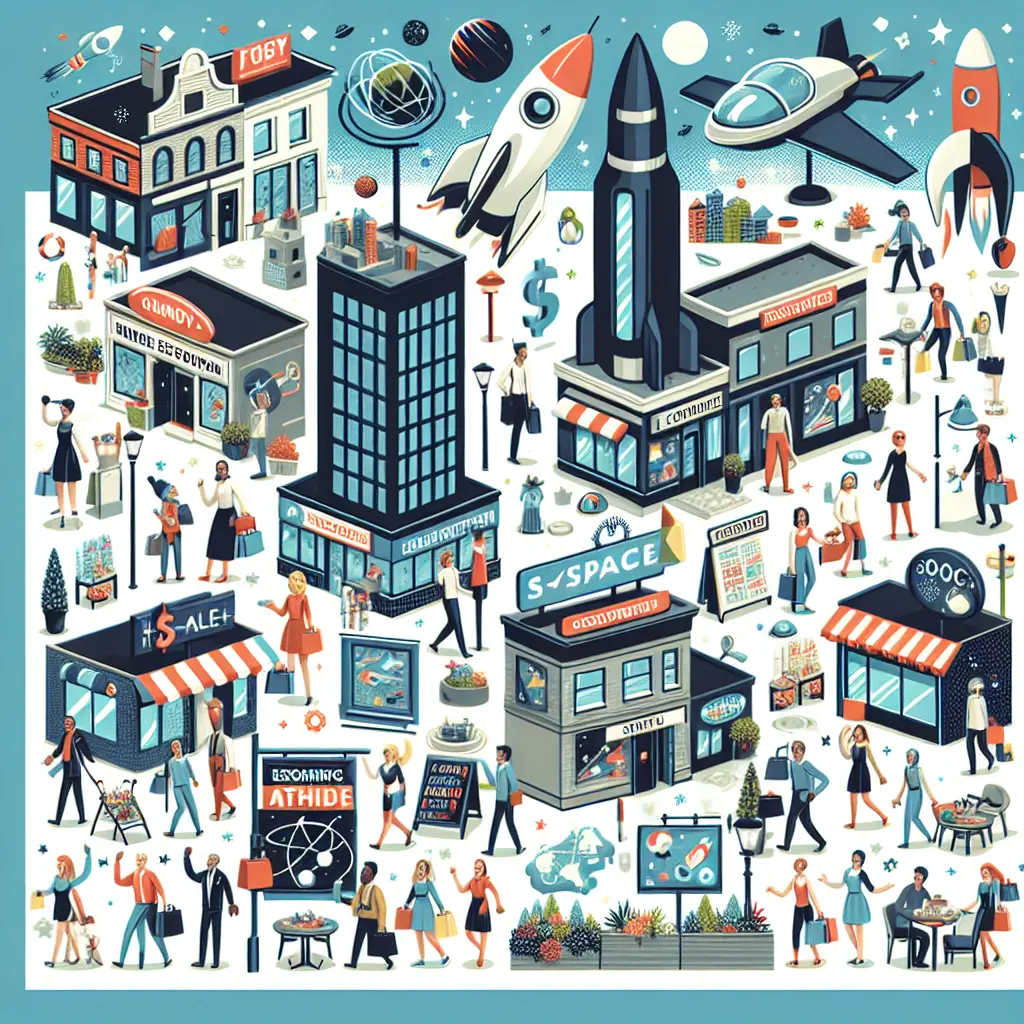As humanity reaches further into the cosmos, the importance of stringent safety measures becomes paramount. SpaceX, a frontrunner in the private aerospace sector, has continuously evolved its safety protocols to ensure the well-being of its crew and the success of its missions. This detailed analysis aims to explore the multifaceted approach SpaceX adopts in managing risks associated with space travel, drawing from recent updates and incidents that highlight the ongoing challenges and advancements in this high-stakes field.
SpaceX safety protocols are the cornerstone of the company's operations. These protocols encompass a broad spectrum of measures, from rigorous pre-launch checks to emergency response strategies. The decision by Elon Musk to relocate SpaceX and X's headquarters to Texas underscores a strategic move likely influenced by factors including operational logistics and regulatory frameworks which could have direct implications on how safety protocols are managed and implemented.
The safety measures in space missions involve not only technological solutions but also procedural rigor. A recent example is when SpaceX pinpointed the cause of a rare Falcon 9 launch failure. This kind of transparency and swift problem-solving is crucial for enhancing safety standards, providing valuable lessons on risk management and preventive maintenance.
Each SpaceX mission undergoes a thorough safety analysis to identify potential risks at every stage of the mission. This analysis forms an integral part of SpaceX’s risk management strategy, ensuring that every conceivable contingency is planned for, from launch to re-entry. This systematic approach helps in maintaining high safety standards and fosters continuous improvement.
Space travel safety standards are continually evolving, shaped by both triumphs and tribulations in space exploration history. SpaceX adheres to these standards by incorporating the latest safety technology in its spacecraft designs. For instance, the development of Crew Dragon’s abort system demonstrates SpaceX’s commitment to crew safety, capable of swiftly evacuating astronauts in case of an emergency during launch.
Risk Management in Uncharted Territories
SpaceX risk management strategies extend beyond conventional approaches. For example, after a second-stage breakup of Falcon 9 in space, investigations and corrective actions were promptly initiated to prevent future anomalies. Such incidents serve as critical learning points for refining existing models of risk assessment.
Safety in space exploration is not just about avoiding known hazards but also about preparing for unforeseen challenges. The grounding of Falcon 9 led to accelerated tests on the Starship booster, reflecting SpaceX's proactive stance on maintaining mission readiness and safety despite setbacks.
SpaceX launch safety procedures are meticulously crafted, involving multiple redundancies to address any possible launch contingencies. The emphasis on comprehensive pre-launch testing ensures that every system functions as intended, minimizing risks associated with human spaceflight.
The integration of advanced safety technology in space missions is pivotal. Recent concerns about the increased brightness of SpaceX’s Starlink satellites leading to potential astronomical disruptions highlight the complex interplay between technological advancements and safety considerations.
Compliance with Safety Regulations
SpaceX’s compliance with international space mission safety guidelines and regulatory requirements is a testament to its dedication to safe space exploration. Regular audits and reviews by external agencies like NASA ensure that SpaceX not only meets but often exceeds safety expectations.
Finally, SpaceX continually sets new benchmarks for what is achievable in terms of safety standards in space missions. Each mission provides valuable data that refine existing protocols, contributing to safer future explorations.
The aerospace sector is not without its challenges, as seen with Boeing’s Starliner issues causing delays in NASA’s astronaut missions to the ISS. These incidents remind us that in space exploration, the margin for error is incredibly slim, and the learning curve is ongoing.
In conclusion, SpaceX’s approach to safety in space missions exemplifies a dynamic and robust framework designed to adapt and evolve with each mission's demands and challenges. From enhancing launch procedures to integrating cutting-edge safety technologies, SpaceX's commitment to safety compliance remains unwavering.
As we look towards future horizons, the lessons learned from past experiences will undoubtedly shape safer and more reliable paths for exploring the final frontier. Let us continue to watch this space, where every challenge surmounted brings us one step closer to the stars.










Leave a Comment